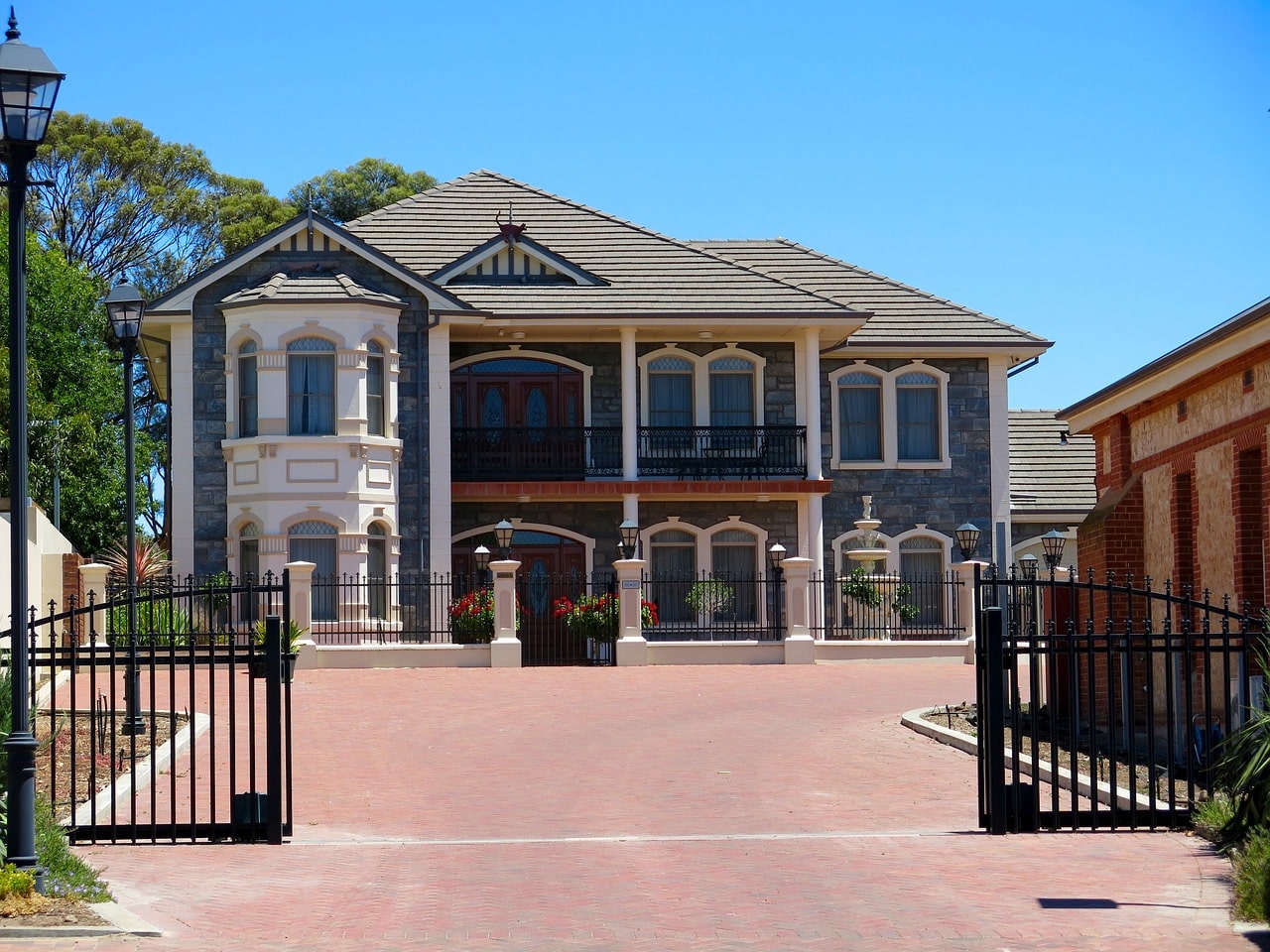
Whether you are committed to environmental stewardship or desire a lower monthly power bill, an eco-friendly roof is a wise addition to any house.
These roofing materials and techniques are designed to help the house consume the least feasible energy. Typically, they are concerned with temperature management and ventilation in the house.
The good news is that there are a variety of eco-friendly roofing solutions available, making it easy to select one that fits your budget.
1. Construct Solar Panels
Solar panels are a necessary component of every eco-friendly house. They can sometimes generate enough energy to let you sell some back to the grid. Solar panels are undoubtedly a long-term investment, with some estimating that it will take around twenty years to break even, depending on your location. However, keep in mind that this is not a financial investment - it is Metal Roofs.
If durability, lifespan, and performance are the primary considerations, metal roofs are the clear winner. Additionally, you may pick from various materials, including tin, copper, steel, and aluminum.
Metal roofs are capable of withstanding any season. These roofs may survive up to 50 years after installation. Additionally, they are resistant to insects and fire, making them excellent for commercial and domestic usage.
The greatest feature of metal roofing is that they are both energy-efficient and recyclable. As a result, they are eco-friendly and an excellent investment — a chance to practice environmental stewardship.
2. Green Roof
A green roof is not a matter of color. Rather than that, it is about the greenery and plants that grow there. Isn't that interesting? Apart from the aesthetic value, it adds to the property on which it is put, and another benefit is heat absorption.
This roof serves as an additional layer of insulation, trapping heat and controlling the building's temperature. As a result, your energy expenses will decrease. Indeed, according to one research, this roof may save energy use by up to seventy-five percent.
It is beneficial if you live in an urban location, as it will also help prevent heat generated by nearby buildings and the populace. Additionally, you may grow veggies on the roof. As a result, you'll have access to fresh vegetables, resulting in a healthier lifestyle.
The only negative is the cost of purchase and installation, which may be too expensive for many would-be homeowners. Additionally, the installation procedure requires the expertise of a roofing business. Contact a roofer in Charlottesville VA if you live in or around that area to provide your home's roof with a quality installation.
3. Roof Made of Rubber
Have you ever wondered what happens to your worn-out, old tires? They are often reused and utilized as roofing materials. This material is an excellent choice if you reside in a region prone to severe storms. Not only are they very resistant to natural elements, but they also have a very long life. The typical rubber roof will last fifty years before being replaced. It implies less care and maintenance on your side.
4. Shakes and Shingles of Wood
Wood shakes and shingles are perhaps the most sustainable roofing materials, if not the only ones because wood is a renewable resource. Of course, this is if the roofing material is collected responsibly. Shakes and shingles need a significant amount of energy to manufacture and are only moderately durable — far less than slate and clay tile.
Wood roofing is easily disposed of since it is a biodegradable material when not treated with synthetic additions or preservatives. If you reside in a region where shakes are produced locally, wood may be an exceptionally sustainable alternative.
5. Roofs with a Cool Climate
Cool roofs are a relatively new idea intended to filter the sun's UV radiation. Whether made of white glue and gravel or painted white, these roofs reflect the sun's rays, reducing the amount of heat entering the property. By reducing the amount of heat that enters from the outside, houses become less reliant on air conditioning and the massive energy necessary to operate a system all day.
Of course, cool roofs are only useful if you use air conditioning regularly. However, such systems are becoming more prevalent, particularly as cities get hotter due to climate change.
Suppose you are contemplating installing an air conditioning system in your house because you want to opt for a more eco-friendly option. In that case, it may be prudent to invest in a cool roof instead since it may potentially provide the same function in a much more environmentally friendly manner.
6. Wind Turbines
No, this does not include shingles emblazoned with windmills. They're boards with smaller-than-expected breeze turbines embedded inside them to combat the wind that may blow over your home's rooftop. However, it will not serve as the primary driving reason behind a design; the possibility may present when a windy day provides power to your house.
7. Make the Switch to Natural Cleaning Products
Using hazardous chemicals to clean is very detrimental to the environment. By removing them, you are merely introducing them into the water source. It signifies that water will need further treatment before being safe to use. However, the good news is that you seldom need to utilize them. Natural materials such as vinegar, citric acid from citrus fruits, and bicarbonate of soda may be utilized effectively instead of caustic chemicals for most daily cleaning duties.
You may also like
Eco-Friendly Home Building Materials You Can Repurpose and Recycle
How to Reduce Your Home's Energy Consumption
A Guide to Sustainable Home Renovation
5 Ways to Save Energy and Become More Eco-Friendly
